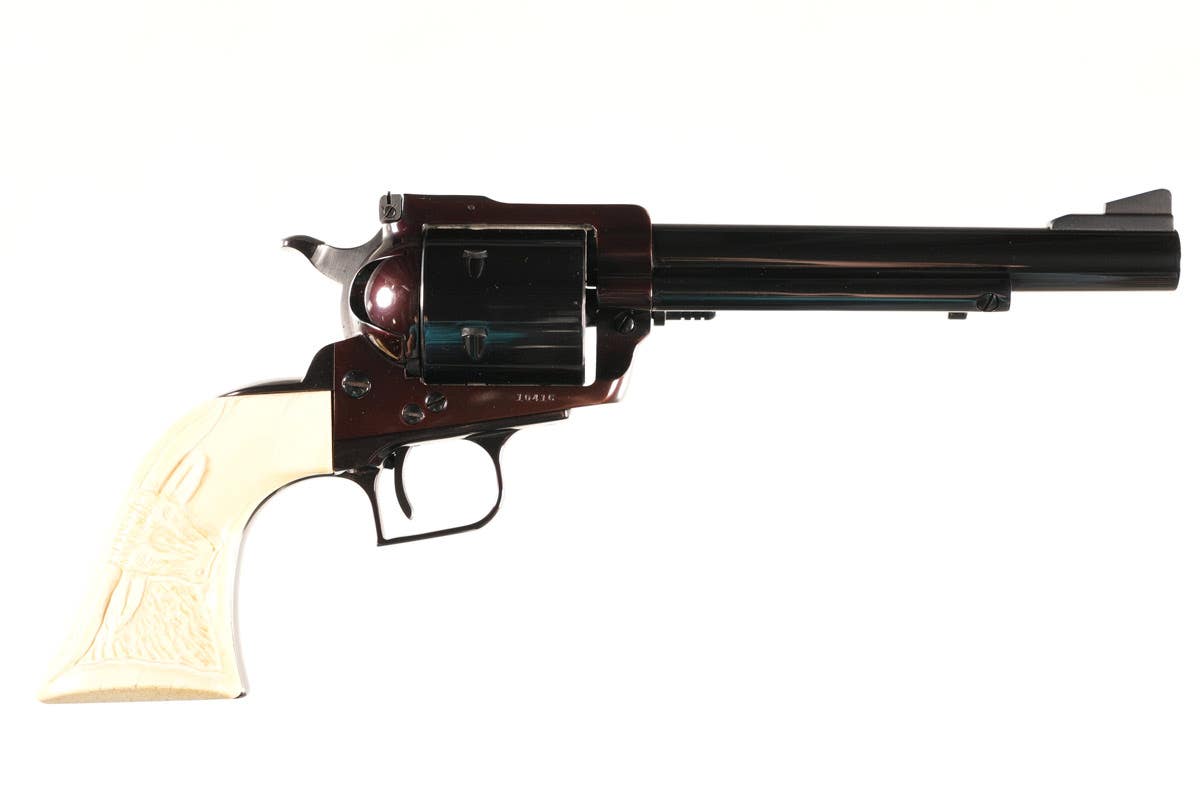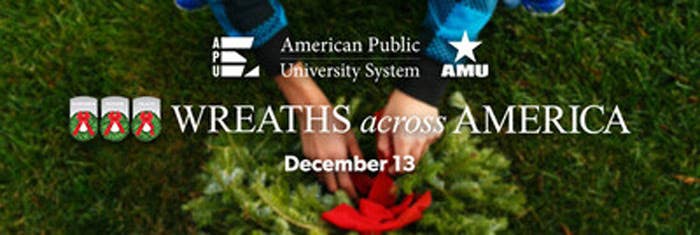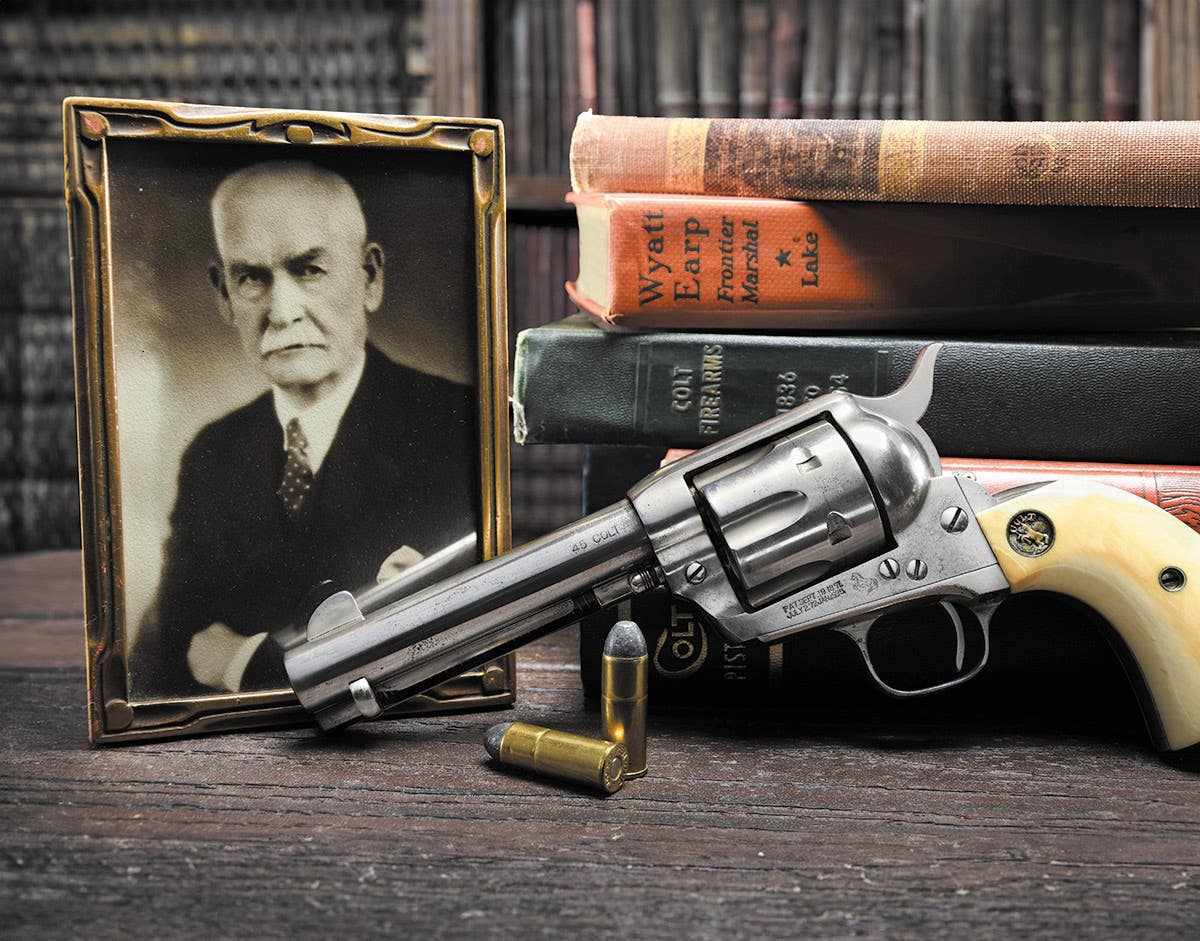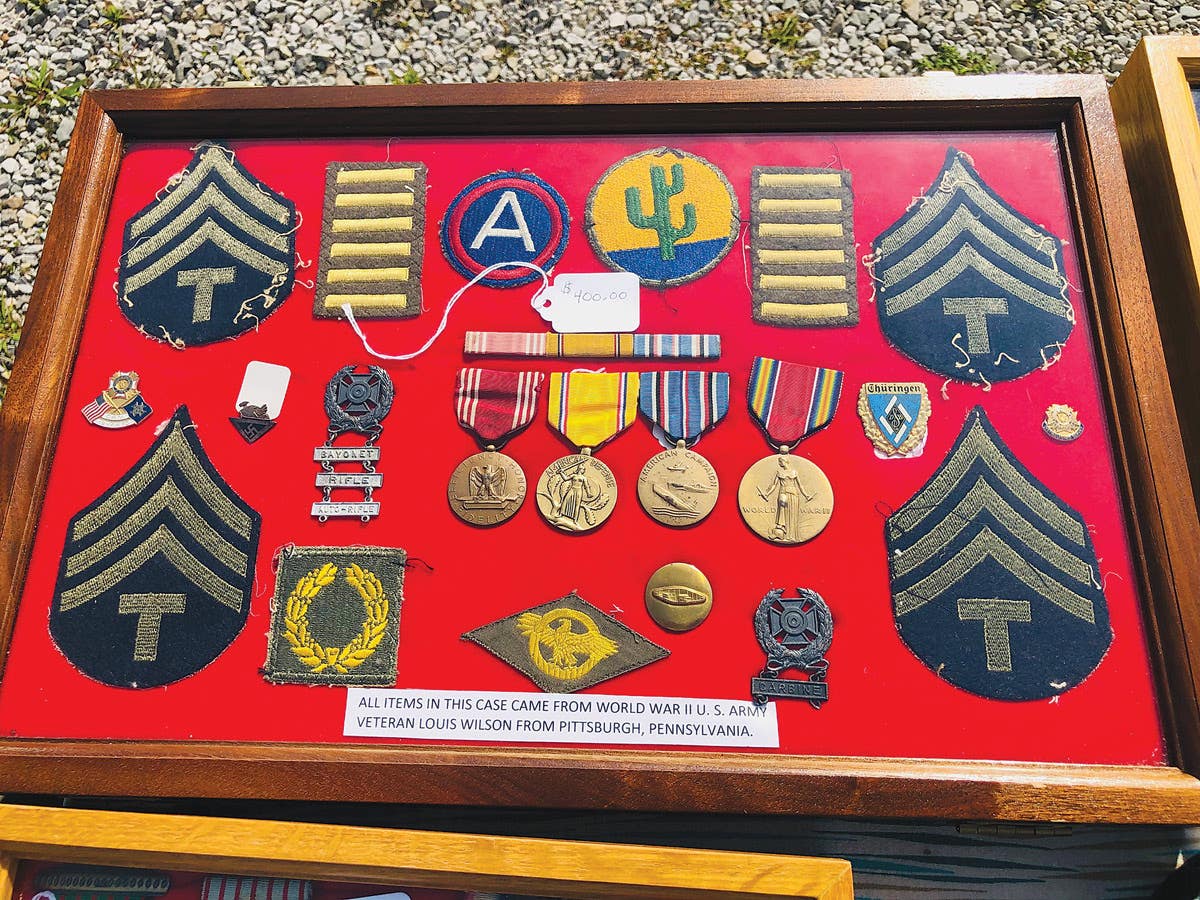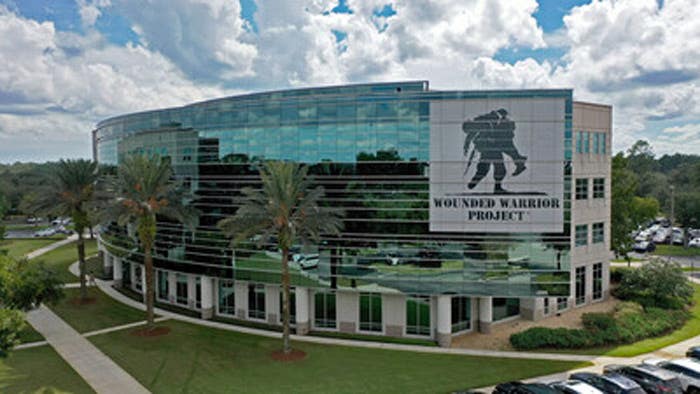How do YOU mark your fake military relics?
Members of Order and Medals Society of America (OMSA) share how they deal with fake and reproduction military items
Back in 2007, one of Military Trader’s online survey questions asked readers, “What would you do if you learned a medal in your collection was a fake?” 66% of respondents said that they “Permanently mark the medal that it is fake and keep it.”
That peaked my curiosity. Having been an active collector for more than 35 years, I couldn’t recall ever encountering dealers or collectors who routinely marked known faked medals. So, I posted the question to members of the Orders and Medals Society of America (OMSA) on their internet forum (www.omsa.org/forums). Here are some of the responses:
W.P. Jones (OMSA LM #91):
As an old and now long dead professor used to tell us students: “The best way to solve a problem is not to have a problem in the first place.”
I think many of us in OMSA take pride in the research aspect of our medal collecting and such forthright earnestness helps many of us in avoiding the pitfalls of acquiring fakes. Also, the eccentricities of the hobby frequently lead many of us away from medals that often capture popular appetites, where many fakes tend to appear in response to such market forces. Caveat emptor.
Personally, I do not believe the high statistic gleaned by your magazine, that so many collectors permanently mark such medals. Put a label on the case or plastic pocket, yes, but to take the trouble to mark in a permanent way invites ready skepticism. I suspect many are sold off as “unknown” medals—good bye and good riddance.
While I have seen fakes occasionally displayed by dealers, I have never seen one actually marked on the individual medal, perhaps because even a fake has some tangible fair market value, if only retained as a teaching example or for research. Of course, knowingly selling a fake exposes one to charges of fraud (factum/inducement), most especially if the legal element of scienter is present. Hmm, an interesting scenario I would invite is—to display CMOH fakes at a convention, as an educational enterprise, and dare the wrath of overcompensated and underemployed federal agents.
The topic of fakes occasionally arises here in the forum and the sound advice that is always given is to do your research homework and ingest all the information you can on the particular medal you are seeking to buy. I would add to that—for a beginner—collect something obscure, but not rare, and good luck will often follow. But if you are straight away fascinated with aura of Knight’s Crosses with diamonds (or the like), then chances are you are probably overdue for buying a fake, because the vice of greed is a potent lure on both sides of the equation, both seller and buyer.
Some of us have well-justified suspicions of exactly who in the market place is selling fakes, and we in OMSA have by-laws that attach at least to OMSA members engaged in such conduct. Many of us have observations of where fakes are originating these days, or at least compass headings. Personally, I am against any sort of Big Brother approach to marking fakes and would rather encourage the educational route described above plus good faith business ethics.
Where frauds are discovered among us, especially at shows, we should invoke the by-laws when applicable. Otherwise we should informally disseminate fake medal information in our journal and other organs. In no circumstance should we, as in an official function of OMSA, point fingers at dealers—so as to avoid overzealous passions and not least tort liability. However archaic, black lists still work. Bottom line: learning experiences happen, consult paragraph one.
Dave (OMSA 7876; www.indochinamedals.com):
Some of the medals I collect are rare and heavily faked. So I actively collect fakes. I use these for comparison. Once you have had a few fakes and an original, it is usually pretty easy to spot fakes (for example, the Siam WW1 Inter-Allied Victory Medal). Now I try to find out who made each fake or at least how to identify the different models of fakes.
I’ve never actually seen a medal marked with “copy” or other identification that it is fake. So it is really hard to believe that 66% of any group of collectors do that.
How would someone do that? Scratch the edge with a pen-knife? Use an engraving tool? Who is selling or having little punches with the mark “copy” to do a better job of if ? I guess if they were cheap I might buy one (if I even knew where to buy it—this is the kind of thing OMSA should sell), but I suspect that most wouldn’t bother with the purchase, especially if they have to search to find it.
I suppose that when most people find out they have a fake, they just try to get rid of it (eBay...) and try not to lose too much money. Sometimes if you are lucky, it can be returned, but I’d suppose that is often difficult.
I have also used my fakes for demonstration, but strangely enough, many people don’t like being told they have a fake, and some even get hostile...
And there are many who think that even if you show them examples of a fake that you bought for $5 out of a bowl of hundreds, with exactly the same die strike that they have, that there is somehow some remote possibility that their medal is some weird original or test piece or whatever. With that argument it is impossible to absolutely prove it otherwise ?–just like I can’t prove that aliens are not secretly amongst us.
I mean, there is always a chance that it could be genuine, and you could just turn an expensive medal into a valueless piece of metal... (Let someone else do that. Do you really know it is a copy? Were you there when it was made? Do you want to take that risk ?) And an “unknown” medal will always gain a higher offloading sale price than a medal marked “copy.”
Ed Haynes (OMSA 1299 / LM 78 - OMRS 5414):
This is very tricky. In some fields of collecting (Thai WWI Victory Medals, for example), it is fairly straightforward, but in others it isn’t.
Several years ago a prominent UK dealer took into stock a group of medals named to a British officer that included medals for service both before and after the Indian uprisings of 1857. As the earlier medals didn’t match the textbook (BB&M) styles of naming and clasp fixing, the dealer stripped the clasps (to sell them separately) and de-named the “suspect” medals (to sell as “name-erased” specimens). (He routinely does this to certain single medals that come his way.) Research later revealed that the medals were later replacements for medals lost during the events of 1857/58. Regardless of what one feels about replacement medals, this was an interesting piece of history, shamelessly desecrated by a dealer whose historical knowledge was exceeded by his desire to turn a profit.
Once done, such marking cannot be easily undone. Once destroyed by a collector or dealer who feels he knows “The Truth,” future advances in research cannot reverse it.
In a few cases, I would, speaking personally, consider adding to the reverse of fake Soviet awards (to take one of my collecting fields where high-quality fakes have become a considerable problem) the words “Copy” or, if I’m in a bad mood “Fake” to the reverse in both English and Russian. But I would want to be 4000% certain and have opinions (second and third opinions) more expert than mine supporting this decision.
Most people I guess (fear) would just flog the fakes on eBay and let the next buyers suffer.
A very good question, but an issue to approach with great care.
Do you mark or destroy known fakes, whether it is a sword, dagger, uniform, accouterment or other piece of militaria? We want to see! Email a photo of what you do with your fakes (minimum 900 pixels x 1200 pixels) directly to: jadams-graf@aimmedia.com
Military Trader encourages its readers to become members of the Order and Medals Society of America. For more information on membership, log onto www.omsa.org.
YOU MAY ALSO BE INTERESTED IN
*As an Amazon Associate, Military Trader / Military Vehicles earns from qualifying purchases.
John Adams-Graf ("JAG" to most) is the editor of Military Trader and Military Vehicles Magazine. He has been a military collector for his entire life. The son of a WWII veteran, his writings carry many lessons from the Greatest Generation. JAG has authored several books, including multiple editions of Warman's WWII Collectibles, Civil War Collectibles, and the Standard Catalog of Civil War Firearms. He is a passionate shooter, wood-splitter, kayaker, and WWI AEF Tank Corps collector.



